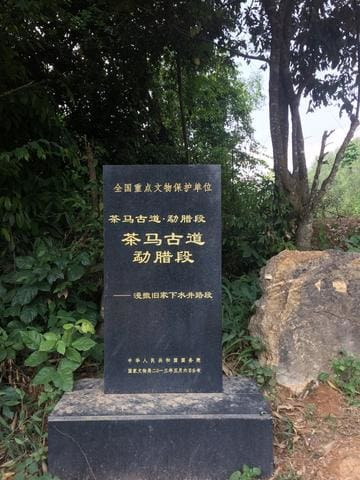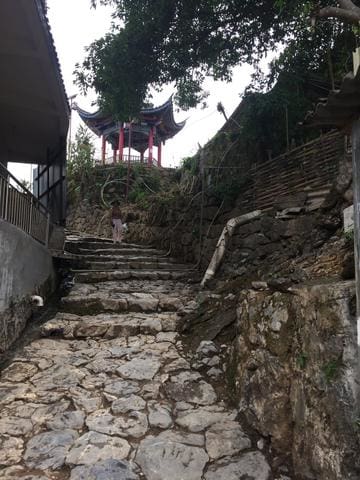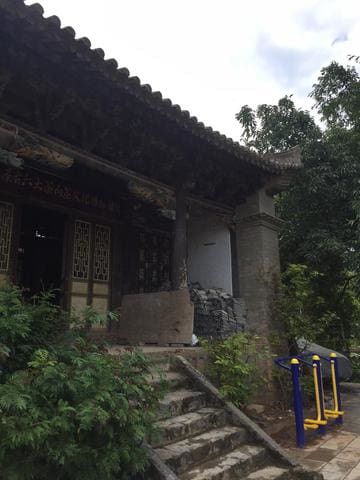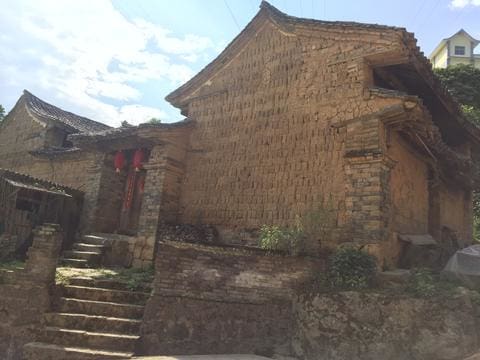
An Ode to Tea Horse Road: Why Nobody Should Forget This Ancient Trading Route
The year was 641 AD. A Tang dynasty princess named Wen Cheng was set to marry a Tibetan king, Songsten Gampo.

Inaugurating this new marriage was a gift that the Tibetans would never forget: tea. Pressed and then held together with rice water, the Tibetans had their first taste of this drink from a brick of black tea, and by the time the 11th century was underway, a trade route had become firmly established. The Chinese needed horses, and the Tibetans needed their tea.
Beginning in the city of Ya’an, west to Chengdu, the capital of Sichuan Province, a cobblestone road was laid down that connected China to Tibet, a road that would come to be known as Chamagudao or Tea Horse Road. This 1,400 mile road tested the will of any human being.
Peppered with bandits, Tea Horse Road stretched across rain-battered hills and snow-covered plateaus, at times ascending into more than 5,000 m (17,000 ft) treacherous mountain peaks and, at other times, requiring courage to cross the freezing, unforgiving rivers of Yangtze, Mekong, and Salween.
Those who braved these conditions and traveled this road in search of opportunity were known as tea porters. They were tasked with bringing as many bricks of tea as they could handle from Ya’an to the holy city of Lhasa in Tibet.


If traveling Tea Horse Road wasn’t difficult enough, to make matters worse for the tea porters, no pack animals were available to help transport their goods until they reached Kangding city, 140 miles away from Ya’an. This meant that at least part of Tea Horse Road needed to be traversed on foot.
Often with a bodyweight of less than 160 pounds, the tea porters—both men and women—would load up satchels filled with tea bricks, astonishingly weighing anywhere from 150 to more than 300 pounds!
Why so much?
By trade agreement, it was promised that every 130 pounds of tea would get a single horse in return. And so the tea porters, determined to make a living for themselves, would throw the oversized satchels on their backs, assisted only by a couple of crutches, and growing weary with every step, they set off for Kangding, the prudent among them stopping to rest every 7 to 10 steps. The journey to Kangding alone would take three weeks.
Needless to say, whether from exhaustion, bandits, snow, disease, or some other misfortune, there were many who tea porters who didn’t make it.

As modernization and industrialization swept through the country, the days of tea portering along Tea Horse Road ended in the 1950s, almost a full millennium after the practice started. The last person is said to have made the journey in 1966, and if you’re lucky, though there are not many left, you might be able to find someone who remembers seeing a tea porter.
We honor this legendary trail and especially those whose lives were shaped by such a dangerous line of work in our own way, sourcing some pu’erh for us to drink any time we are in need of inspiration for meeting the obstacles in our own life’s journey. Just as there were three routes available to a tea porter traveling along Chamagudao—the Northern, the Middle, and the Southern—we have a couple of different offerings available for anyone who wishes to share in that legacy, Tea Horse Road #1 and Tea Horse Road #2.
